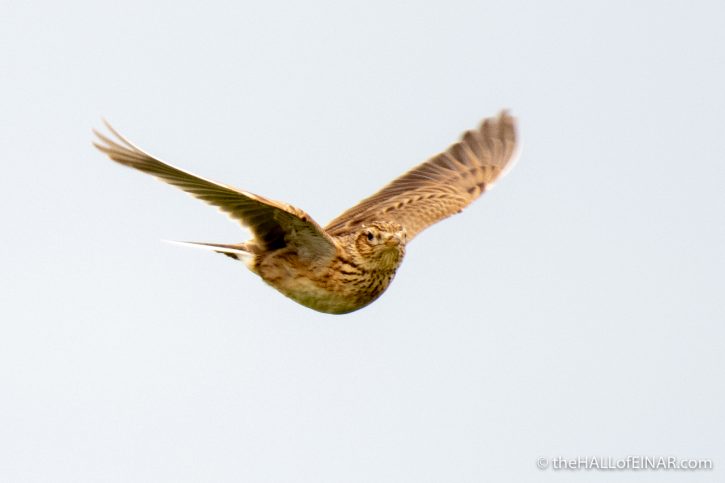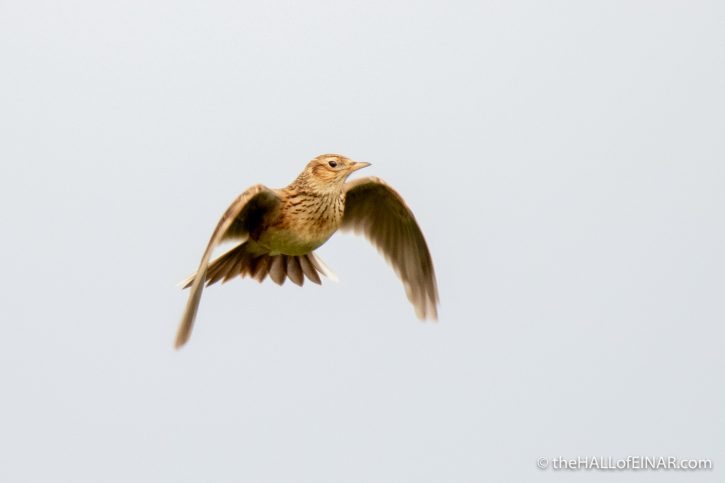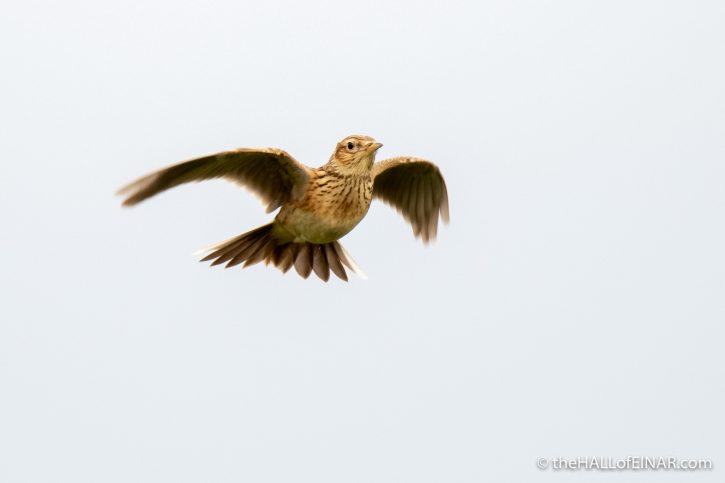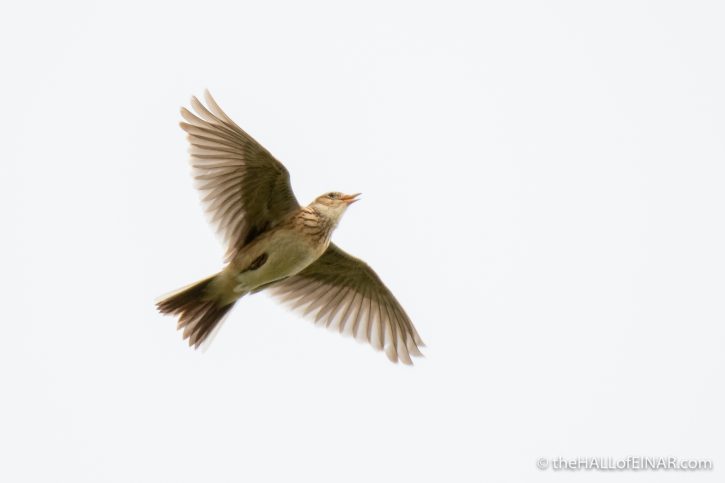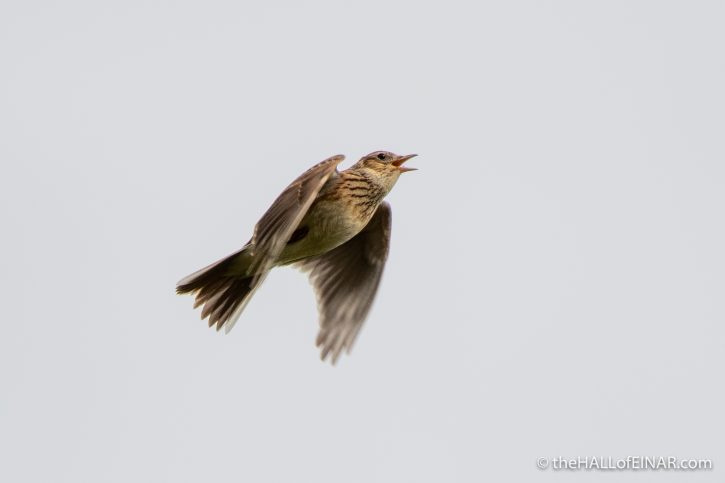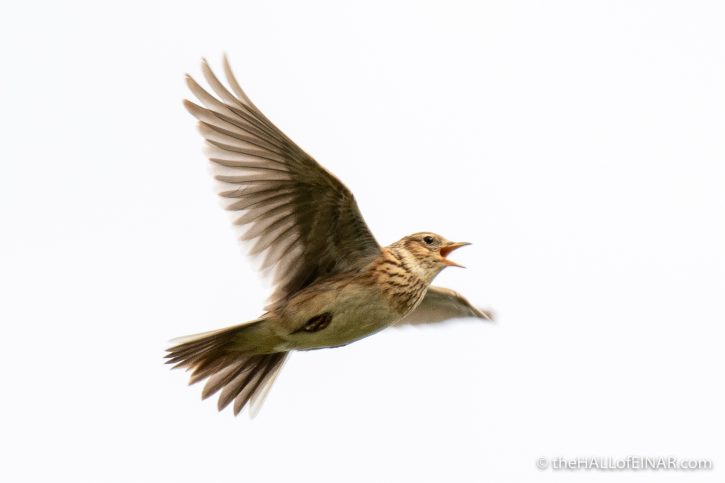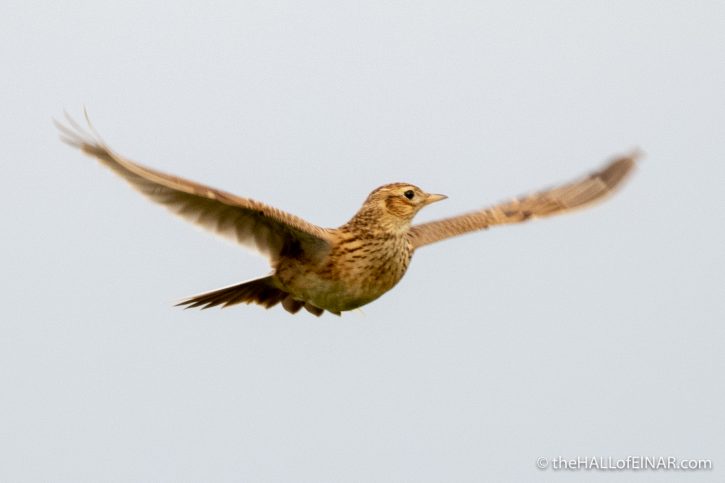Skylarking
The Skylarks are busy, here at Aust near Bristol.
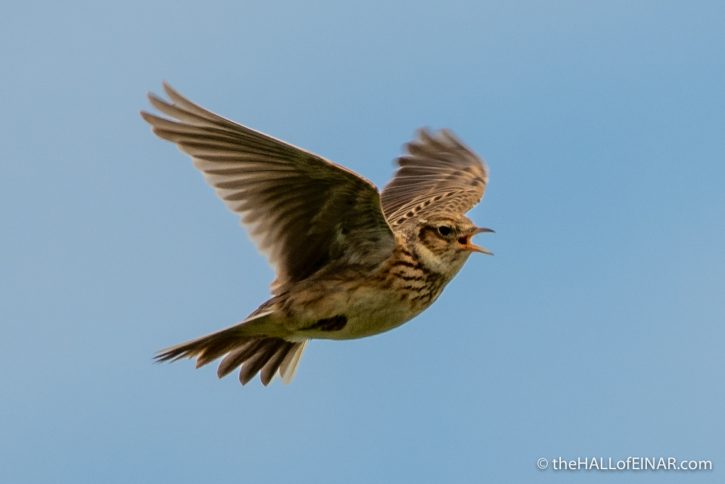
The RSPB says, “Its recent and dramatic population declines make it a Red List species.” According to The State of the UK’s Birds, the long-term population trend for Skylarks is a 59% decline from 1970–2015. For every five Skylarks in 1970 there are just two left now.
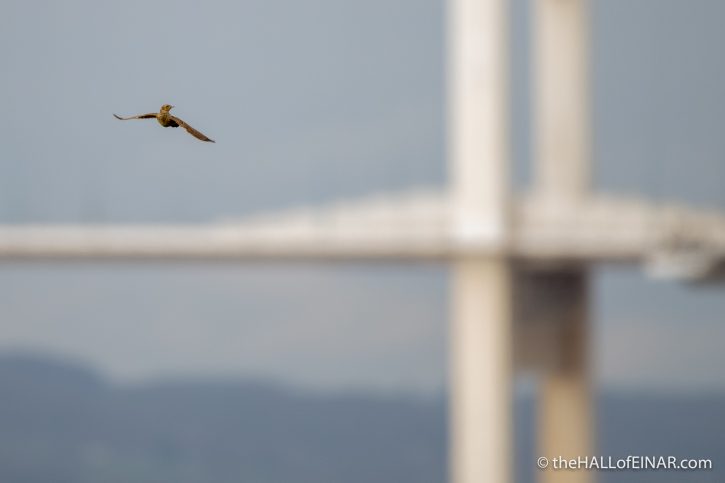
The Severn Bridge is a spectacular backdrop for their display. There’s a noisy reminder of our military as well as our industrial priorities overhead:
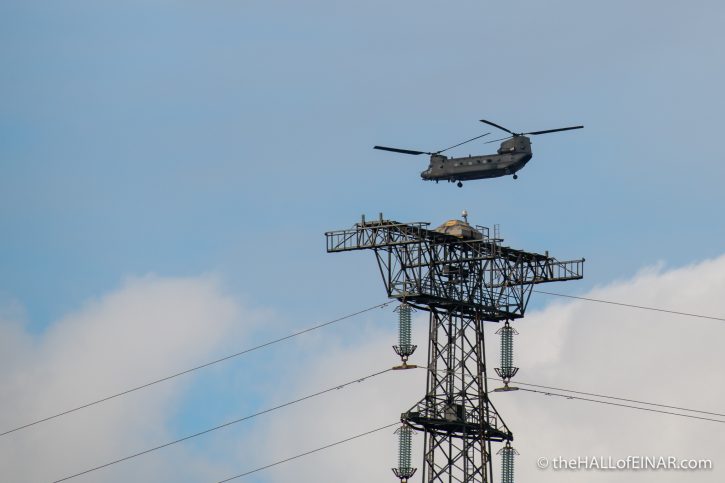
It’s drowning out their song.
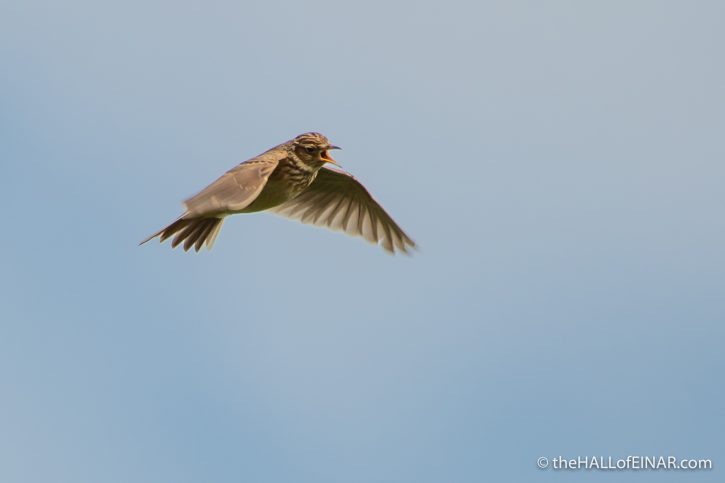
It’s tricky to capture photographs of them:
Skylarks were probably always rare specialists. They would originally have been birds of salt marsh and steppe grassland. Our agricultural revolution meant a huge growth in their population. A consequence of us chopping and burning all our forests to make space for crops was that we made space for them too.
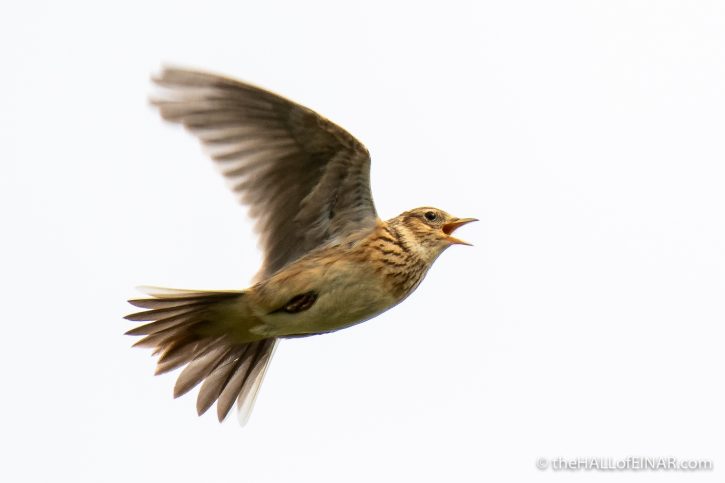
Now, our industrial agriculture is killing them. You can talk all you like about agri-environment schemes, crop spraying, winter stubble and field edges; that doesn’t change the fact that in Britain millions of Skylarks have had nothing to eat, nothing to drink and nowhere for their families to live.
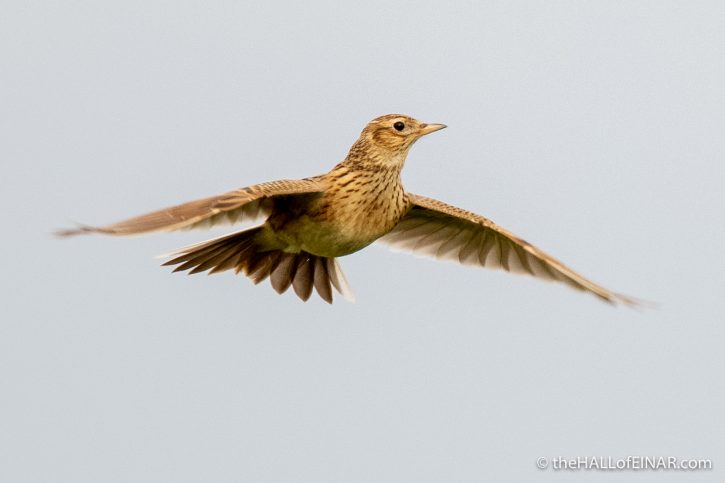
Here, at Aust, they are free to live in their original habitat. They are living life on the edge; as are we.
